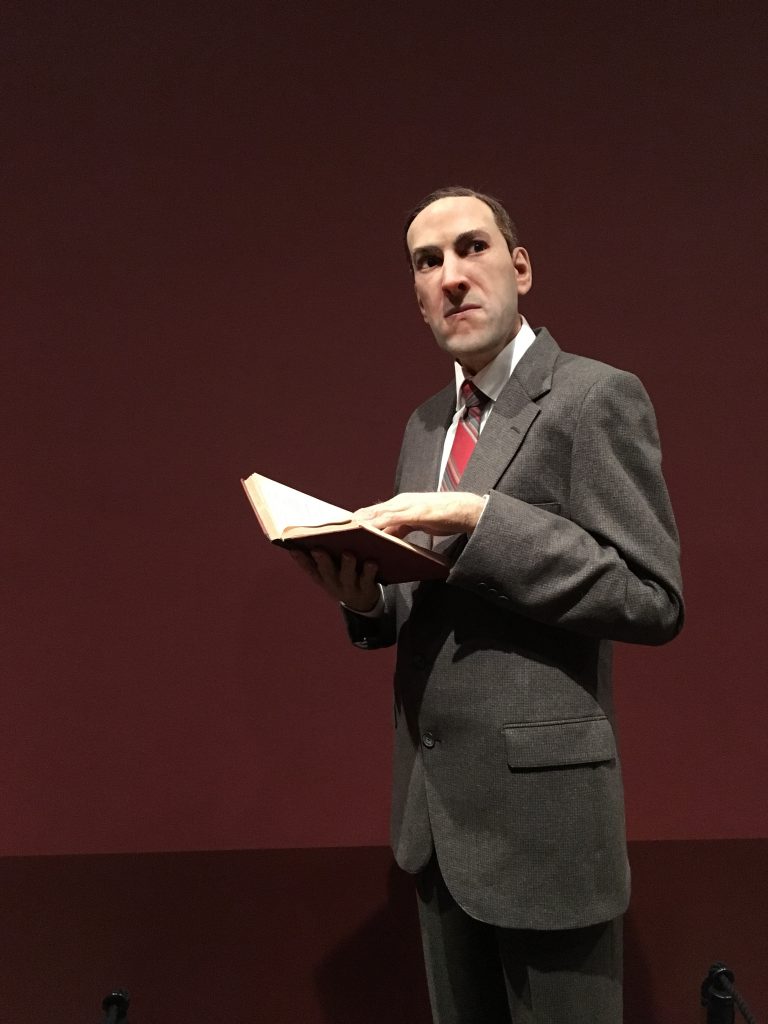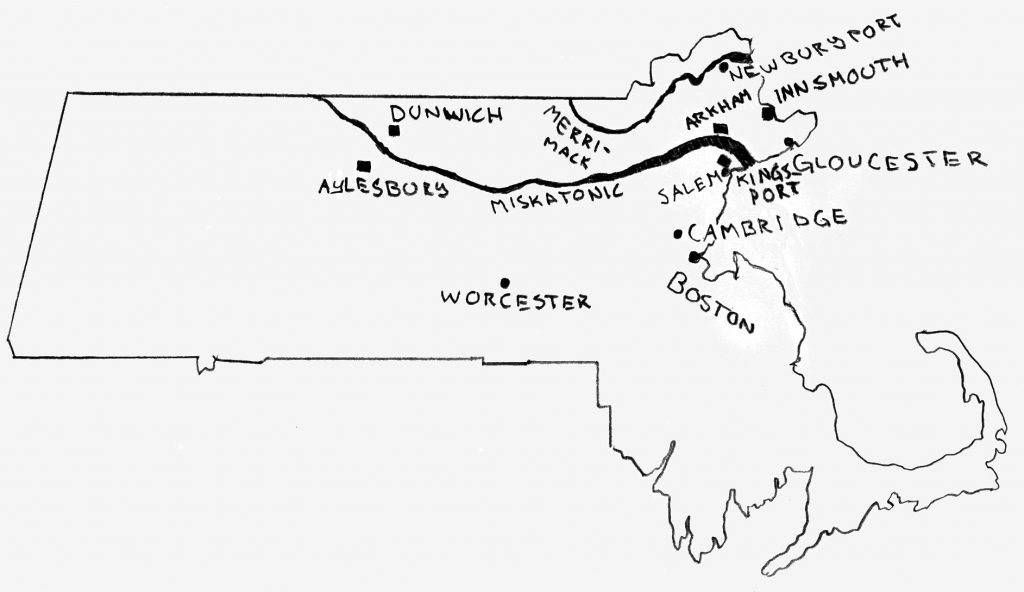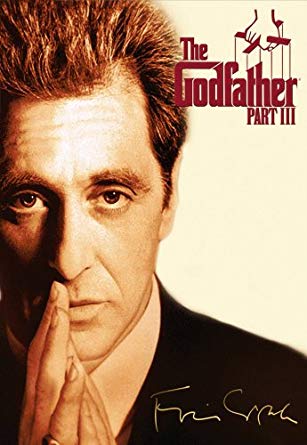Howard Phillips Lovecraft (1890 – 1937) was largely an unknown writer during his lifetime. His work was primarily published in the horror pulp rags like Weird Tales and Astounding Stories and was never considered “literature.” He developed a cult-like following years after his death. Today people still write about his creations in a Horror sub-genre called, Lovecraftian Horror.
Born in Providence, Rhode Island he primarily chose New England as the backdrop of his macabre storytelling. He was a huge influence on many writers, notably Stephen King. Who said in his book, On Writing that Lovecraft was “the twentieth century’s greatest practitioner of the classic horror tale.”
Lovecraft himself was greatly influenced by Edgar Allan Poe. Another misfit who died young and penniless, only gaining a notoriety many years after his death.

Guillermo del Toro is also a huge fan of Lovecraft. The above picture is one I took at a del Toro exhibit when it was at LACMA. I mentioned this exhibit in the Basil Gogos article the other day, it was pretty bananas. He’s also got a life sized Edgar Allan Poe and a rain room (because it never rains in SoCal). His “Bleak House” collection was showcased at a few museums; but in case you didn’t get to see it, CoCo’s got you covered:
The Call of Cthulhu

The Call of Cthulhu is the first of the Cthulhu Mythos; it was in the February 1928 issue of Weird Tales. You can download a free copy here. Also, while we’re on the subject; check The Pulp Magazine archive, it’s got everything from Penny Dreadfuls in the 1880s to contemporary pulp.

The story was rejected by Farnsworth Wright the Editor of Weird Tales at first. But Lovecraft’s friend Donald Wandrei, lied and told Wright that Lovecraft was shopping the story to other publishers. Wright acquiesced and The Cthulhu Mythos was born in the pages of Weird Tales.
Here’s how the story starts, it’s pretty poignant:
The most merciful thing in the world, I think, is the inability of the human mind to correlate all its contents. We live on a placid island of ignorance in the midst of black seas of infinity, and it was not meant that we should voyage far. The sciences, each straining in its own direction, have hitherto harmed us little; but some day the piecing together of dissociated knowledge will open up such terrifying vistas of reality, and of our frightful position therein, that we shall either go mad from the revelation or flee from the deadly light into the peace and safety of a new dark age.
H. P. Lovecraft, The Call of Cthulhu
The Cthulhu Mythos lives on and is still written about. Many Lovecraftian works have been written in recent years. Including Stephen King’s Jerusalem’s Lot and Couch End as well as Neil Gaiman’s I, Cthulhu and A Study in Emerald. Video game series like The Witcher, Fallout, and Warcraft all contain nods to H.P.
Now Entering Lovecraft Country
Like the aforementioned Stephen King, Lovecraft set most of his stories in New England. And also like Stephen King, he created a few towns, cities, and rivers. Like Arkham, Innsmouth, and the Miskatonic River. Which would probably flow through my home town of Sterling Massachusetts it seems.


Now I’m a sucker for fictional worlds. When it comes to the DC Universe I’m way more interested in Gotham City than what Batman and Co. are up to. In The Simpsons, Springfield is as much a character as Bart or Bumblebee Man.
Speaking of Gotham City, the largest (fictional) city in Lovecraft Country may jump out at you, Arkham. DC editor Jack C. Harris and writer Dennis O’Neil created Arkham Asylum as an homage to Lovecraft’s work, which greatly influenced the DC Universe far more than just the psychiatric hospital for the criminally insane.

Like Gotham and Springfield, Arkham has evolved into it’s own thing by multiple writers. Robert Bloch, who was also prolific in the horror pulp magazines penned Arkham as a location in The Creeper in the Crypt (1937). It’s also the setting for Roger Corman’s 1963 horror movie, The Haunted Palace. It’s been the subject of board games and model train stations.
The real life model for Arkham seems to be Salem Massachusetts which has a dark history in itself that’s often written about and depicted in movies.




